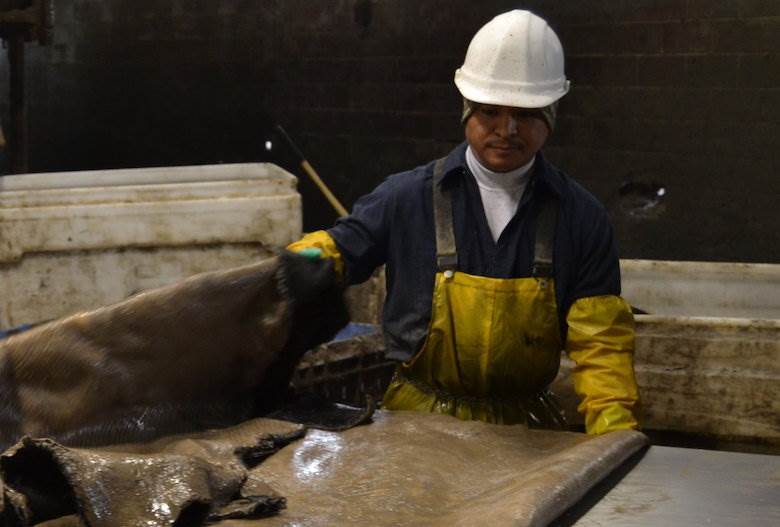US hides are still going into landfill

Hide supplier AJ Hollander has said US cattle hides are still going into landfill owing to a lack of demand and value.
Industry body the Leather and Hide Council of America (LHCA) has calculated that, in 2019, 5.5 million hides generated by the US livestock industry failed to reach the leather value chain. This figure represents around 16% of the total number of hides the meat and livestock industry generated in the US last year.
Following reports of hides and skins going to waste in Bangladesh after the recent Eid al-Adha festival, AJ Hollander’s chief operating officer, Ben Ganz, said in a post on social media that the same problem persists in the US.
AJ Hollander is based in New York and has processing plants in Nebraska, Texas, Tennessee, Kansas City and Wisconsin at which it fleshes and cures hides and skins. It has a capacity to process 10,500 hides per day.
Mr Ganz said it was no longer economically viable for AJ Hollander to collect and process certain hides owing to their low value in the leather market. “These hides are being dumped in landfills by the meat producers instead,” he said.
He went on to argue that the availability of cheaper, petrochemical-derived synthetic alternatives was one of the factors pushing the demand for, and value of leather, lower. “Our landfills are filling up and the oil companies are profiting. Clothing, furniture and auto manufacturers are happy too, because they can use a cheaper oil-based product while claiming to be environmentally-conscious.”
He said it was time for consumers to make it clear to finished product brands “that they won’t stand for these lies any more”. He insisted that consumers who want to protect the environment should, instead, buy products made from leather produced in environmentally sustainable tanneries.
Image shows a hide being processed at the AJ Hollander plant in Hastings, Nebraska.











